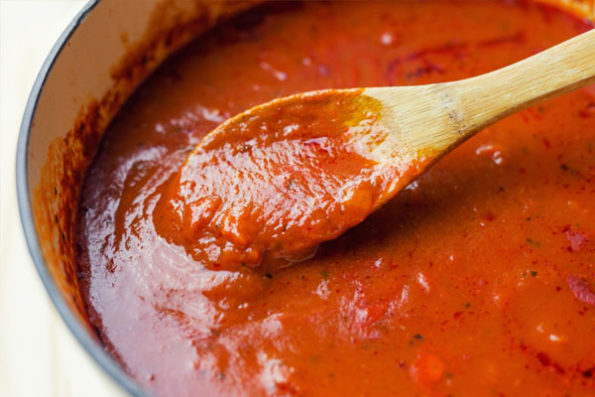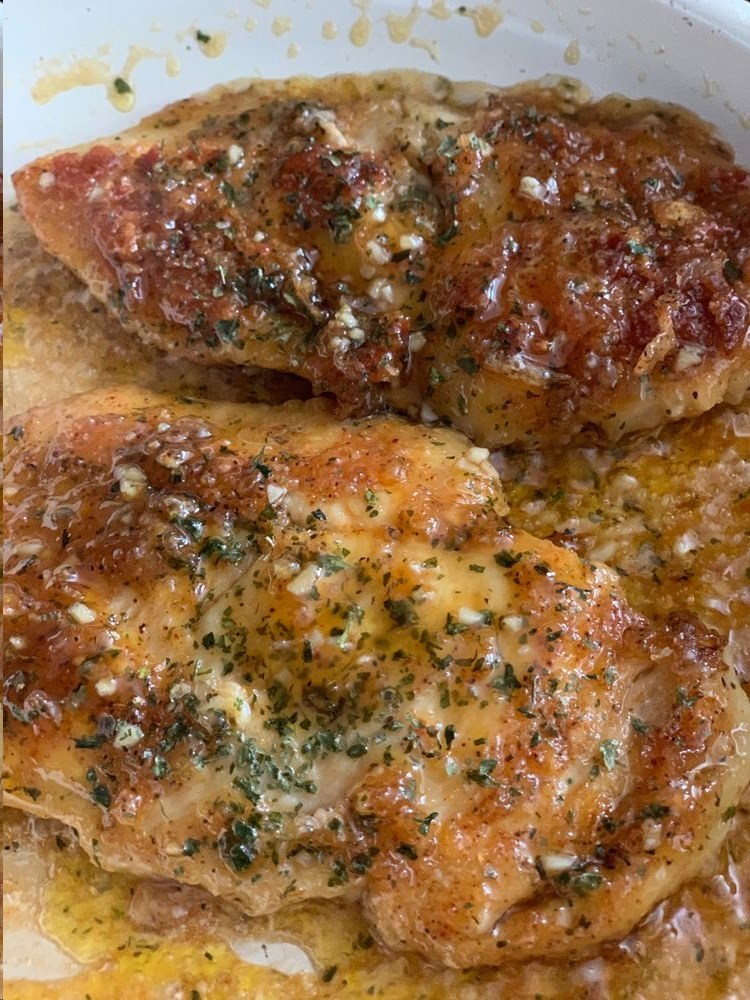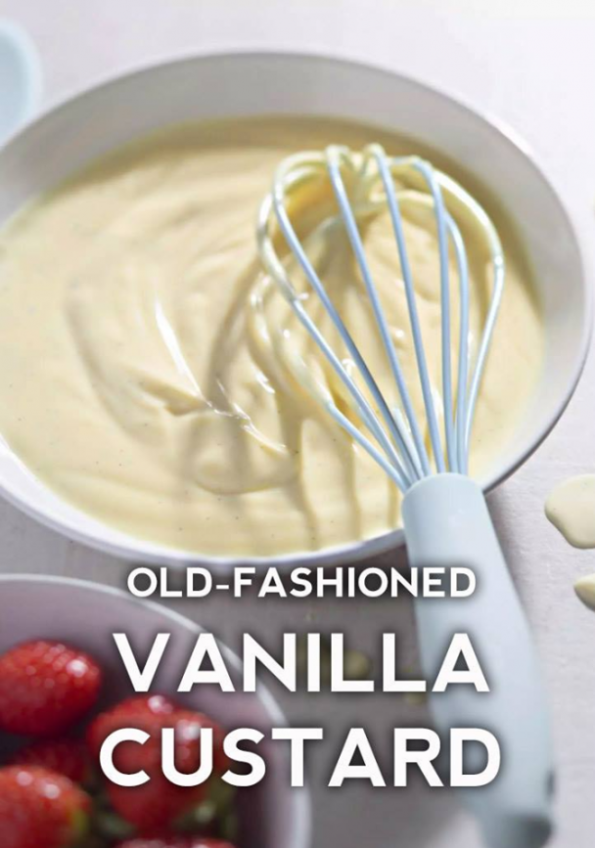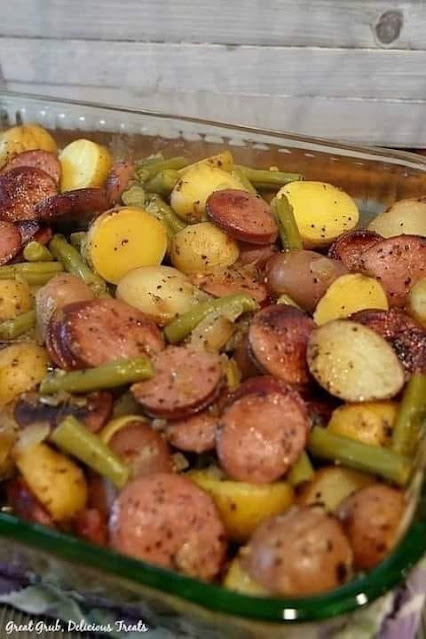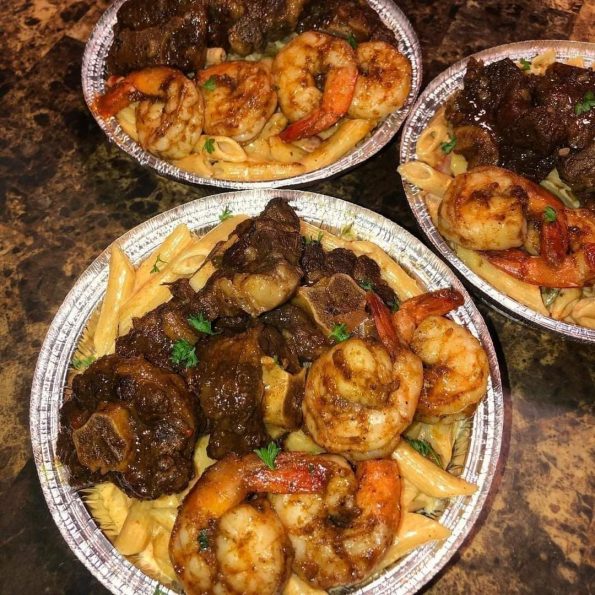Honey Teriyaki Ribs
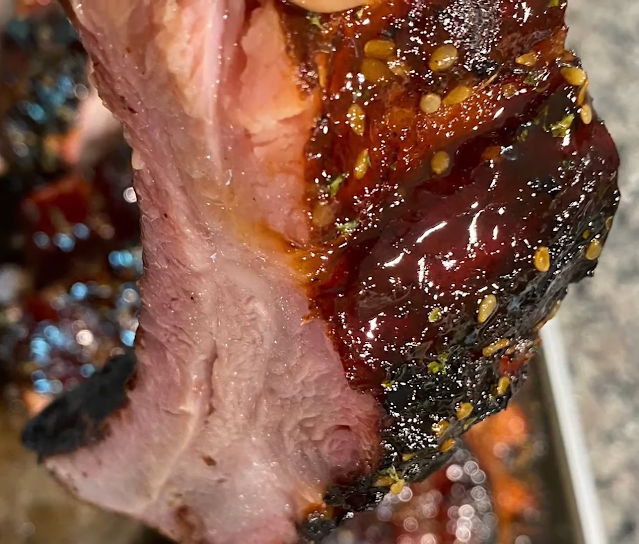
Benefits of Honey :
Honey contains many important minerals and vitamins, such as iron, zinc, calcium, magnesium, vitamin C, and some types of vitamin B, in addition to antioxidants. It is also free of fat, cholesterol, and sodium, and these components and properties contribute to providing its distinctive benefits.
Promote wound healing and burn healing:
The use of honey topically helps in the treatment of wounds and burns, due to its following benefits:
Reducing the risk of infection in wounds, due to the antibacterial and antibacterial properties of honey, as it acts as a natural antiseptic.
Enhancing the healing process and tissue regeneration, as honey consists of high levels of glucose and fructose compounds that contribute to the absorption of water from the site of injury.
Reducing swelling and pain, due to the anti-inflammatory properties of honey.
Also, among the types of wounds that honey may help treat are wounds or ulcers related to diabetic foot, as the results of a study that included 63 type 2 diabetic patients with diabetic foot indicated the effectiveness of honey in treating diabetic foot ulcers and preventing its serious complications. like amputation.
Honey may also help treat some skin problems and diseases, such as herpes, psoriasis, eczema, and acne. However, it should be noted that honey that can be applied topically to the skin must be of medical grade and sterilized according to the necessary standards.
Prevention of heart disease:
Eating natural honey boosts antioxidants, such as polyphenols, which play a role in preventing heart disease. Among the benefits of honey that also contribute to maintaining a healthy heart are the following:
Lowering blood pressure.
Reducing harmful cholesterol and triglyceride levels.
Reduce the risk of oxidative stress on healthy cells.
Boost immunity and fight infection:
Raw honey contains many antioxidants, such as flavonoids and phenolic acids, which enhance the body’s immunity and work to reduce the harmful effect of free radicals, which include damaging cells, accelerating the aging process and contributing to the development of some diseases, such as cancer and diabetes.
Also, raw honey contains antibacterial and antifungal compounds, such as hydrogen peroxide, which is a natural antiseptic, so one of the benefits of raw honey is to contribute to combating or killing some types of bacteria that cause common diseases, such as:
Escherichia coli, a bacterium that causes food poisoning and wound infection.
Staphylococcus aureus, or Staphylococcus aureus, is one of the causes of dermatitis.
Helicobacter pylori, or Helicobacter pylori, is one of the causes of stomach ulcers and chronic gastritis.
Cough and sore throat treatment:
Honey suppresses a persistent cough as effectively as the antitussive medicine dextromethorphan. It also helps kill bacteria that cause sore throat and upper respiratory tract.
The effectiveness of honey in soothing coughs is one of the most important benefits of honey for children in particular, as it can be used as an alternative to over-the-counter cough medicines and avoid possible side effects. Honey may also contribute to improving the quality of sleep for children who suffer from coughing.
However, honey should not be used for children under the age of one year, as it may cause them food poisoning or infection with one of the types of bacteria it contains that the body cannot yet resist, called Clostridium botulinum.
Treatment of digestive disorders:
Honey helps prevent GERD or heartburn. Honey has a thick, viscous texture that lines the esophagus and stomach, thus reducing or limiting the upward flow of stomach acid and undigested foods causing acid reflux.
Likewise, honey is considered one of the vital foods that is food for the beneficial bacteria that are naturally present in the digestive system, and that help in the smooth functioning of the digestion process.
Ingredients:
For the smoker
3 large handfuls cherry wood chips
For the five-spice rub
3 tablespoons packed dark brown sugar
1 1/2 tablespoons kosher salt
2 teaspoons five spice powder
For the honey teriyaki ribs
Three (2 1/2-to 3-pound) racks meaty baby back ribs
For the honey teriyaki glaze
1 tablespoon toasted sesame oil
3 tablespoons peeled, finely chopped fresh ginger
3 garlic cloves, finely chopped
1 tablespoon sesame seeds
2/3 cup honey
1/3 cup reduced-sodium soy sauce (or tamari for gluten-free)
2 tablespoons seasoned rice vinegar
1 tablespoon chili-garlic sauce, such as store-bought or homemade Sriracha
1 tablespoon cornstarch dissolved in 3 tablespoons cold water actions.
Instructions:
Soak the chips for the smoker
Fill a medium bowl with water and toss in the wood chips. Let soak for 30 minutes.
Make the five-spice rub
In a small bowl combine all the ingredients.
Prep the ribs
Remove the membrane from the racks by using a dull knife and sliding the tip under the membrane that covers the back of each rib rack. Holding a paper towel in your hand, grip the membrane at one end of the slab of ribs and tug. It usually pulls right off.
Season the racks with about 1 1/2 tablespoons rub per rack, being sure to put more of it on the meaty side of each rack and less on the bone side.
Make the honey teriyaki glaze
In a skillet over medium heat, warm the oil. Add the ginger, garlic, and sesame seeds and cook, stirring often, until fragrant and softened, 2 to 3 minutes.
Add the honey, soy sauce, vinegar, and chili-garlic sauce, bring to a simmer, and cook, stirring occasionally, for 2 minutes.
Increase the heat to medium-high and bring the mixture to a boil.
Stir the cornstarch mixture to recombine. Slowly stir the cornstarch mixture into the skillet while whisking constantly. Boil until thickened, still whisking, about 1 minute. Remove from the heat.
Grill the ribs
Before lighting the grill, drain the wood chips and add them to the smoker box. (If you don’t have a built-in smoker box, set the box you are using under the cooking grate directly over a burner off to one side of the grill. If it won’t fit, place it on top of the cooking grate off to one side over the burner.)
Prepare the grill for indirect cooking on high heat (450° to 550°F | 232° to 288°C).
When smoke appears, lower the temperature to low (275° to 300°F | 135° to 149°C). Place the rib racks, bone side down, on the cooking grates over indirect heat.
TESTER TIP: To avoid charred ribs, keep the racks over indirect heat the entire time. Don’t be tempted to hurry things by sneaking them to the direct side. You’ll thank us later.
Close the lid and cook, keeping the temperature 275° to 300°F (135° to 149°C), until tender, about 2 1/2 hours.
During the last 20 to 25 minutes of grilling, generously baste the racks with the reserved glaze every 5 to 10 minutes.
Remove the racks from the grill and let rest for 5 to 10 minutes. Slice the racks between the bones. Pile the individual ribs on a platter and pass the remaining glaze on the side.
